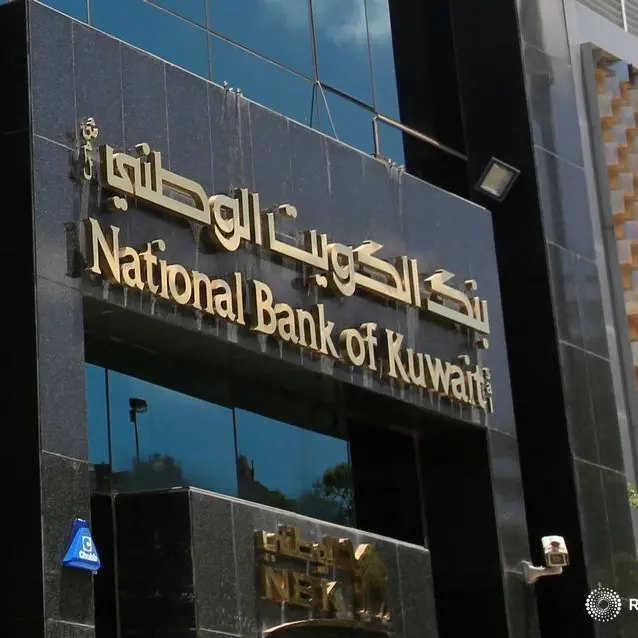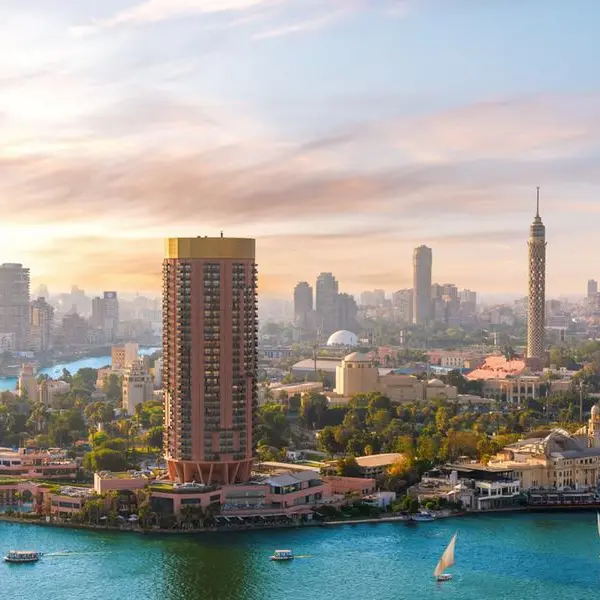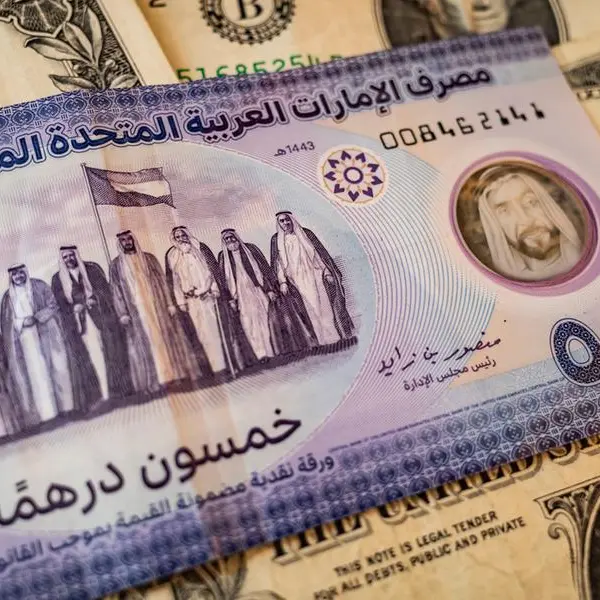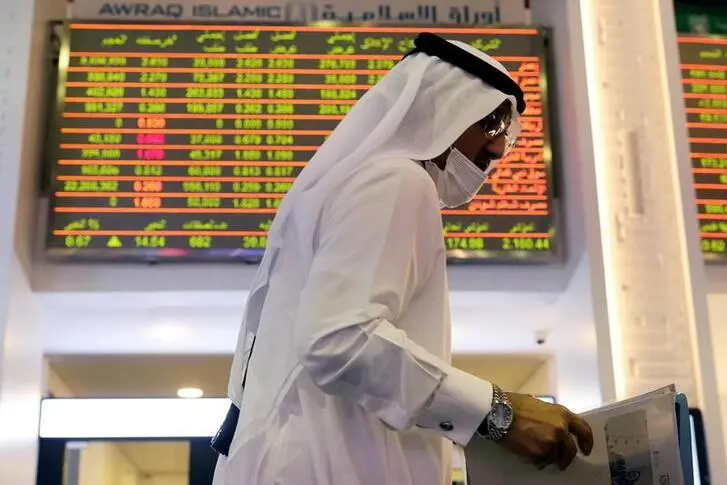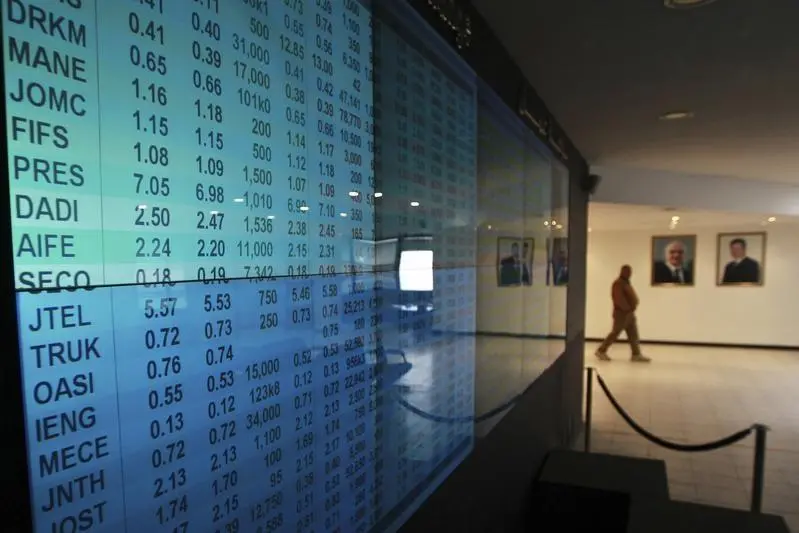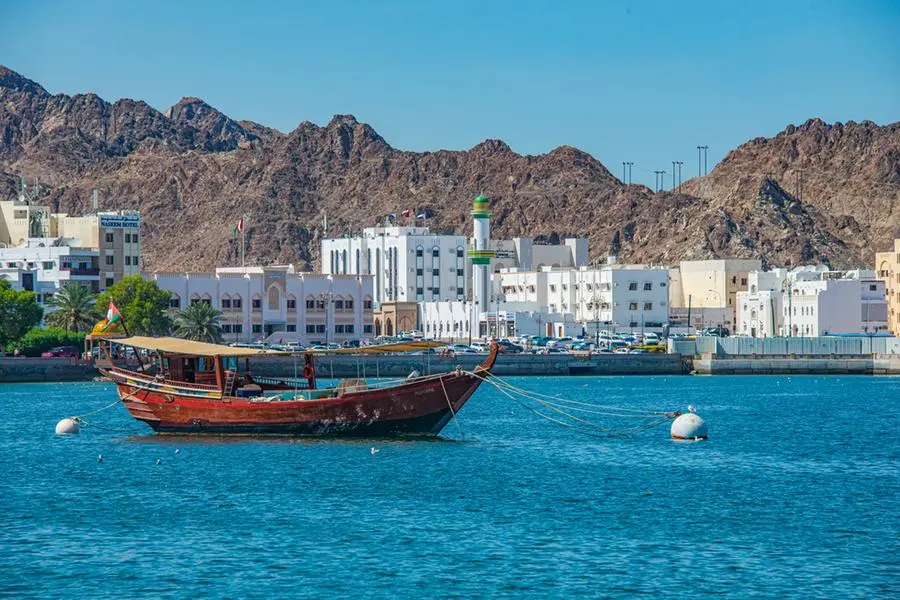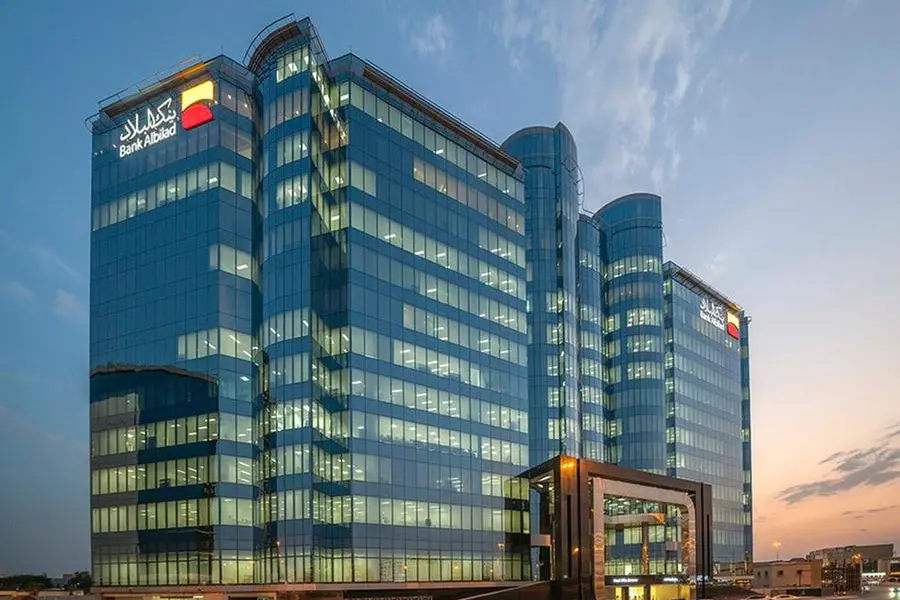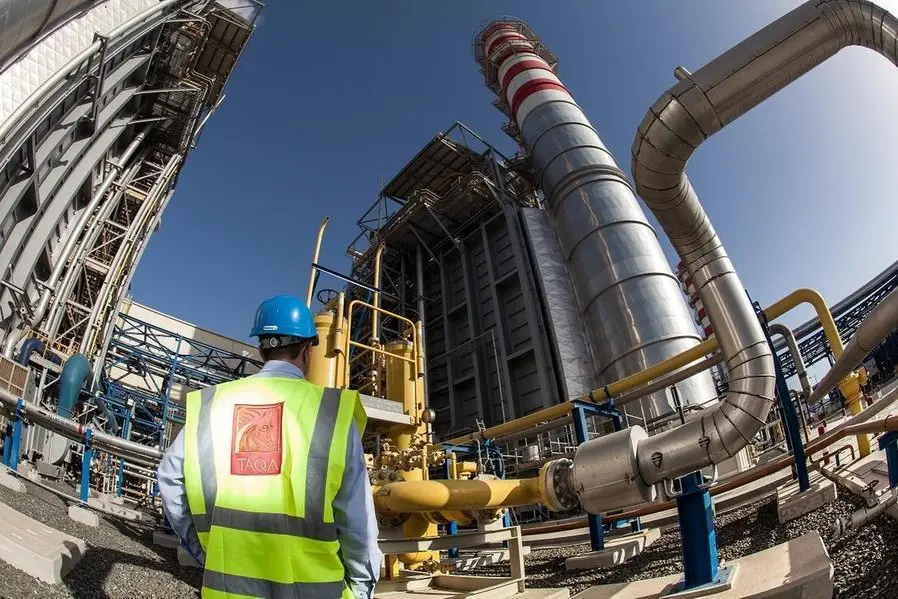PHOTO
Image used for illustrative purpose. Getty Images
Remittance flows to the Middle East and North Africa (MENA) region are expected to increase by 1.7% in 2023 and 1.8% in 2024, from a 3.8% decline in 2022, the World Bank said in its “Migration and Development” report.
Flows to the region fell by about 4% to $64 billion in 2022, driven mainly by a drop in flows to Egypt and downturns in flows to Algeria and Jordan.
Meanwhile, remittance flows to the Maghreb countries experienced a slight gain (except Algeria), offsetting some of the decline.
The Maghreb subregion comprises five countries: Algeria, Libya, Mauritania, Morocco, and Tunisia.
The World Bank estimated that the growth of remittance flows to South Asia in 2023 is forecast to slow to 0.3 percent due to an economic slowdown in the OECD countries, especially the high-tech sector in the US, which affects demand for IT workers.
Remittances to India, which account for over 60% of the region’s inflows, are likely to grow by only 0.2% in 2023.
In addition, remittance flows to the other six South Asian countries will be limited by the demand for migrants in the GCC countries, where declining oil prices are anticipated to slow growth from 5.3 percent in 2022 to 3 percent in 2023.
In 2022, remittance flows to South Asia increased by over 12 percent to $176 billion, benefiting from strong labour market conditions in the region’s high-income OECD economies and high demand for less-skilled migrants in Gulf Cooperation Council (GCC) countries.
India remained the largest global recipient, with inflows of $111 billion in 2022, rising more than 24% year-on-year. Pakistan was ranked fifth and Bangladesh (seventh), with remittance inflows in 2022 of $30 billion and $22 billion, respectively.
(Editing by Seban Scaria seban.scaria@lseg.com)

